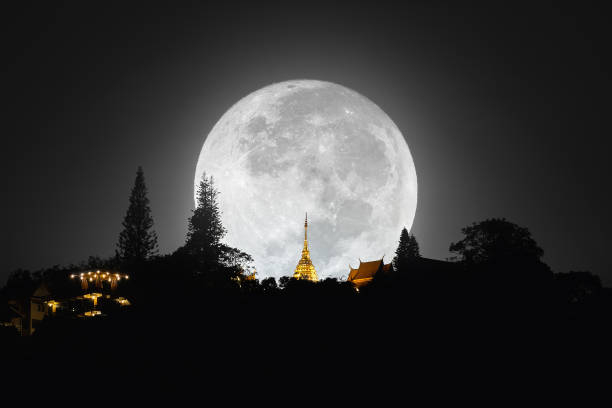What is the Moon?
The Moon is the sole natural satellite of Earth. With a diameter around one-quarter that of Earth, it is the fifth biggest satellite in the Solar System and the largest and most massive compared to its home planet (comparable to the width of Australia). The Moon is a planetary-mass object with a distinct rocky body, making it a satellite planet by geophysical criteria and bigger than any known Solar System dwarf planets. There is no atmosphere, hydrosphere, or magnetic field. It has a surface gravity around one-sixth that of Earth, at 0.1654 g, with Jupiter's moon Io being the only satellite known to have a greater surface gravity and density.
The most commonly accepted origin theory holds that the Moon originated 4.51 billion years ago, not long after Earth, from the debris of a massive impact between the planet and a Mars-like body called Theia. Because of tidal contact with the Earth, it then receded to a broader orbit. Dark volcanic maria ("seas") cover the areas between brilliant old crustal highlands and notable impact craters on the Moon's near side. By the conclusion of the Imbrian epoch, around three billion years ago, most of the big impact basins and mare surfaces were in place. The lunar surface is relatively non-reflective, with lunar dirt having a reflectance equivalent to asphalt. The full moon, on the other hand, is the brightest celestial object in the night sky due to its huge angular diameter. The Moon's apparent size is roughly equal to that of the Sun, allowing it to totally cover the Sun during a total solar eclipse.











